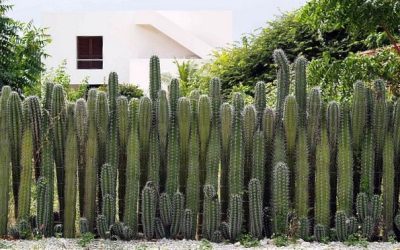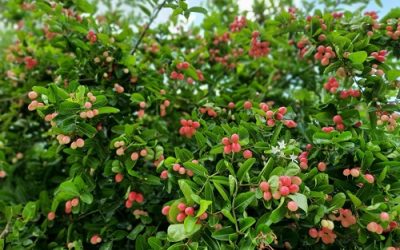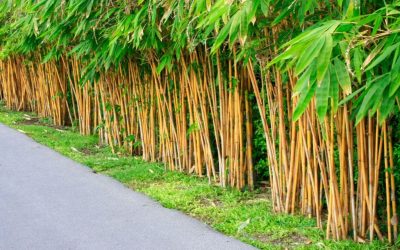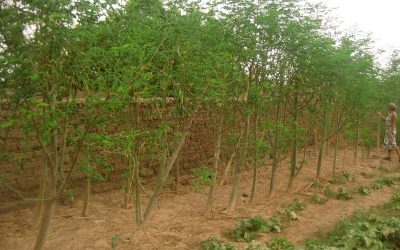Harnessing Nature's Defenses: Low-Cost Bio Fence Solutions for Sustainable Farming
Introduction: In the pursuit of sustainable agriculture, farmers are increasingly turning to nature’s own defenses to address challenges such as soil erosion, pest control, and boundary demarcation. Bio fences, made from plants like Cactus, Karonda, Bamboo, and Moringa, offer a cost-effective and eco-friendly solution to these issues. In this blog post, we explore the benefits of bio fences and how they contribute to sustainable farming practices.
The Power of Bio Fences: Bio fences, also known as living fences, provide numerous benefits for farmers and the environment:
- Erosion Control: Bio fences help stabilize soil and prevent erosion by creating a barrier that holds soil in place, particularly on slopes and boundaries.
- Pest Management: Certain plant species used in bio fences, such as Cactus and Karonda, have natural pest-repelling properties, reducing the need for chemical pesticides.
- Boundary Marking: Bio fences serve as natural boundaries, delineating property lines and providing privacy without the need for costly fencing materials.
- Soil Improvement: Plants like Bamboo and Moringa used in bio fences contribute organic matter to the soil through leaf litter and root decomposition, enriching soil fertility.
Low-Cost Bio Fence Solutions:
Cactus (Opuntia spp.):
- Cactus is a hardy and drought-tolerant plant that forms dense barriers with its spiny pads, deterring trespassers and providing security.
- Its succulent leaves retain moisture, making it ideal for arid climates, and its fruit is edible, offering additional value to farmers.
- Cactus requires minimal maintenance and can thrive in harsh environmental conditions, making it a reliable choice for bio fences.

Karonda (Carissa carandas):
- Karonda is a fast-growing shrub that produces dense foliage and small, edible fruits with medicinal properties, making it suitable for bio fences.
- Its thorny branches act as a natural deterrent to animals and intruders, enhancing security while providing habitat for beneficial insects.
- Karonda is adaptable to various soil types and climates, making it a versatile option for farmers seeking low-cost fencing solutions.

Bamboo (Bambusoideae):
- Bamboo is a versatile and fast-growing plant that can be used to create sturdy and long-lasting bio fences, providing privacy and security.
- It offers excellent erosion control, noise reduction, and windbreak capabilities, making it ideal for protecting crops and livestock from environmental stressors.
- Bamboo can be harvested sustainably for various purposes, including construction, crafts, and bioenergy, offering additional income opportunities for farmers.

Moringa (Moringa oleifera):
- Moringa, known as the “miracle tree,” is prized for its nutritional and medicinal properties and makes an excellent bio fence plant.
- It grows rapidly and produces dense foliage, providing effective screening and shade while enriching the soil with its nutrient-rich leaves.
- Moringa leaves are a valuable source of vitamins, minerals, and antioxidants, offering additional benefits for livestock and human consumption.

Conclusion: Low-cost bio fences offer a sustainable and eco-friendly solution for addressing various agricultural challenges while harnessing the natural benefits of plants like Cactus, Karonda, Bamboo, and Moringa. By incorporating bio fences into farming practices, we can promote soil conservation, pest management, and boundary demarcation while enhancing biodiversity and resilience in agricultural landscapes.

